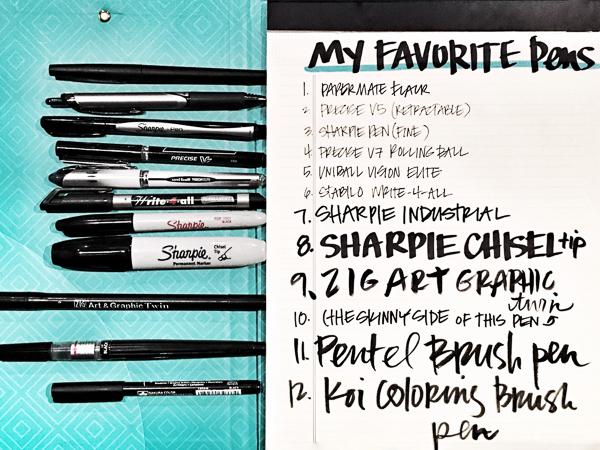

Tokuji Hayakawa made the 'Ever-Ready Sharp Pencil', which was a huge success, and his company took the name of the pencil, and became 'Sharp' - the electronics company we know today. The need to write intricate characters meant Japan had a greater incentive to make thinner leads, which lead to the birth of the modern mechanical pencil there. It's rather fiddly to adjust, because there's no spring mechanism, but the basic elements of a clutch pencil are all there.įor many years, push-fit lead around 1.18mm in width was most common, with a twist mechanism that wound the lead down like a screw as it was used, and pencils were often decorated with ornate designs in sterling silver. If you want to be really traditional, Cleo Scribent make a replica, called Der Gessner. The first description of a leadholder was by Conrad Gessner, back in 1565. When things started to progress towards the pencil, the first attempts involved wooden holders to grip sticks of graphite, so they could be used more easily and cleanly.

Graphite was first used in lumps, with perhaps a bit of cloth wrapped around to hold it. The first pencils were more like modern clutch pencils than what we now think of as 'normal' wooden pencils. Ones designed for technical drawing may be referred to as 'drafting pencils' (or even 'draughting' in British English), or 'technical pencils', though these terms have also been used for traditional clutch pencils.Īlthough not used here, Wikipedia tells us 'pen pencil' and 'lead pencil' are used in India, and 'pacer' is used as a generic term by some people, though it's actually the name of an old Paper Mate pencil. Here in the UK, 'automatic pencil' and 'propelling pencil' are quite common terms, and people may also refer to 'clicky pencils'. Mechanical pencils may be called different things in different places, by different people. Woodcased pencils are obviously not counted here, but that doesn't mean we don't love them too. We'll mention clutch pencils briefly too, where the lead is released when you hold down a button, but we consider those to be a separate type. We do!ĭefinitions vary, but for the purpose of this article, we'll consider a mechanical pencil to be any pencil with a lead-advance mechanism that pushes the lead forward in some way. We also hope it will be an interesting read, if you find mechanical pencils interesting.The best pencil for you could depend on a lot of things, but we'll help you narrow things down. If you want to buy a mechanical pencil, but you're not sure what type would be best, we have a few ideas.
BEST PENCILS FOR WRITING HOW TO
It's not always obvious how to add spare leads, for example, or clear a jam when things get stuck.


 0 kommentar(er)
0 kommentar(er)
